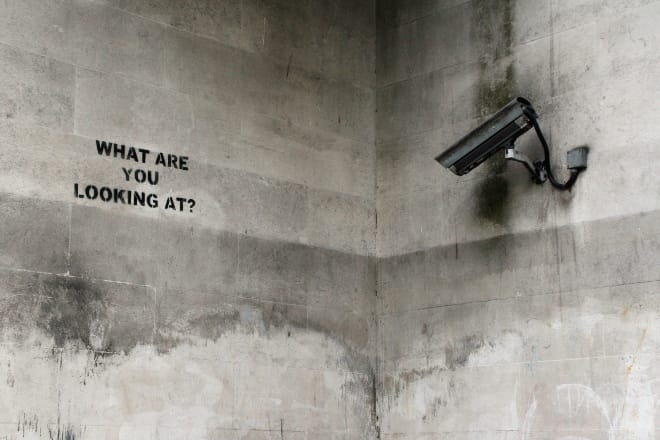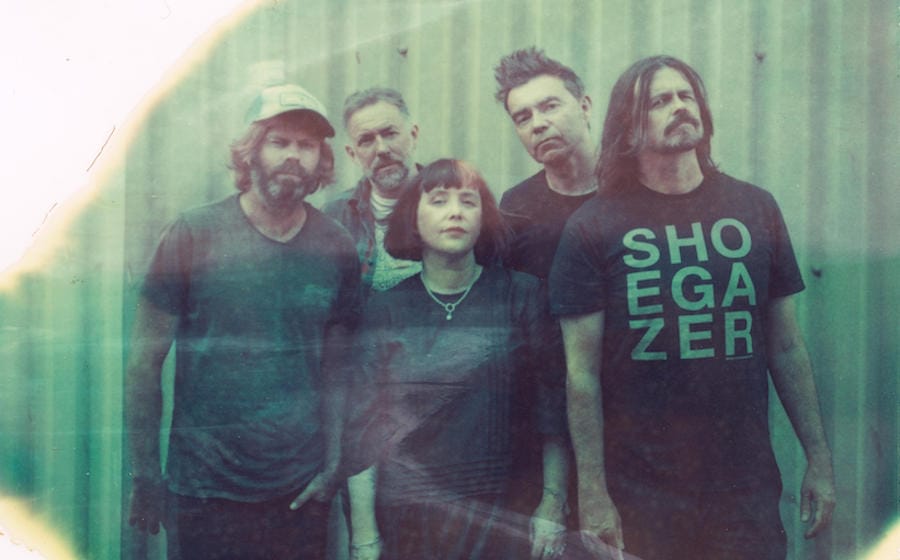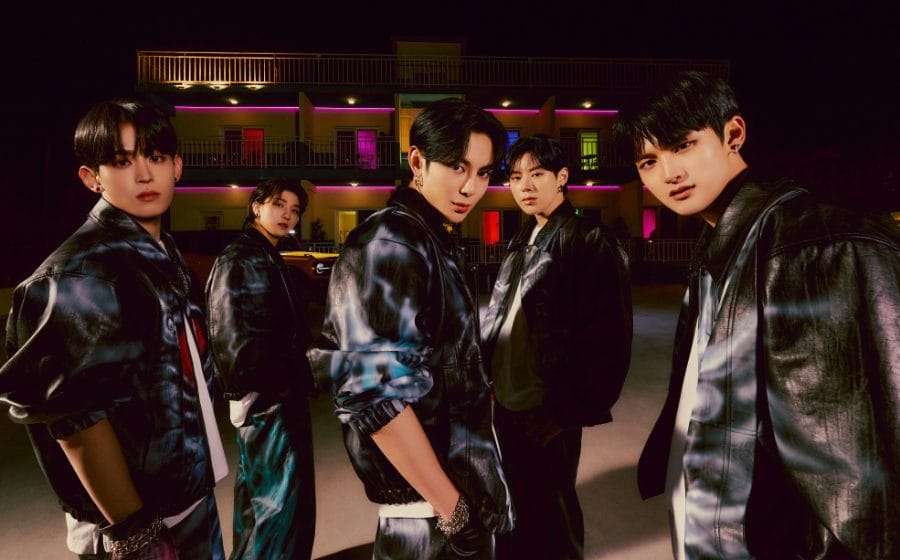
Photo by Niv Singer Unsplash
We are two months away from the new decade and we are approaching a new ten-year period with refreshed definitions. 2010 began with a glimmer hope with America’s first African American president sworn into the Oval Office, after the height of the 2007 global recession. While the current decade is marked with a rapid rise in technology that promises to improve our quality of lives, this hope seems to be dwindling amidst the doom and gloom that is gripping the world now. If 2010 was the decade of renewed hope and promises, 2020 might be the decade of fear and uncertainty as the world enters an age of Anthropocene filled with political unrest and civil wars.
If there is one place the world can seek solace from disarray, it would be the realm of art. Art such as paintings, murals, installations and even music are omnipresent — its importance understated and at times unappreciated. Art lift our spirits, moods and emotions but does it need a message to be effective or should it remain meaningless as a source of distraction?
—
What Is the Message?
Art’s meaninglessness is demonstrated in German visual artist Gerhard Richter’s 1024 Farben. Made up of 1024 coloured oblong units divided by a network of white lines, Richter did not wish to convey any artistic intent to viewers. Excessive in its multiplicity, a thousand blocks of colours exert an overwhelming visual pressure on viewers and despite the grandiose there is no hidden image, abstract shape or pattern within the blocks. The blocks of colours lie scattered and random with a lack of uniformity and cohesiveness.
On the other hand, some art are loaded with meanings. Swiss curator Klaus Littmann’s recent installation For Forest was installed on the football pitch of Wörthersee Stadion, Klagenfurt, Austria, Klaus to invite visitors to admire the spectacle of 299 trees from the grandstands of a football stadium. Inspired by Austrian artist Max Peintner’s pencilled drawing The Unbroken Attraction of Nature, it expresses the idea that “nature, which we now take for granted, might someday only be found in specially assigned spaces, as is already the case with zoo animals”. At a time when the Amazon forests are burning, the artwork — that took six years to plan — arrives at a timely manner with crystal clear message: we have ushered in the age of Anthropocene and the effects of global warming is beginning to take its toll, the world has to act now.
—
Politically Charged?
Other than being imbued with meanings, art sometimes is burdened to relay political commentary to the masses with its easy visual impact as compared to heavy text. The recent auction of Banksy’s Devolved Parliament at Sotheby’s, all eyes were on it to see if the artist would pull off another Balloon Girl stunt — it remained intact after going under the hammer. Perhaps Banksy thought to preserve the controversial oil painting of monkeys inside the House of Commons as it shared stark similarities to the current state of British politics and the ongoing Brexit situation.
While Banksy continues to produce tongue in cheek artworks anonymously, a Syrian counterpart appeared a few years ago. Abu Malik al-Shami, freedom fighter by day and street artist by night earned the moniker Syrian Banksy, thanks to his politically-charged artworks. His first mural to gain international attention was one of a young girl standing on a pile of skeletons to write the word “Hope” on a wall. Painted on rubble and devastation sprawled across Darayya, the artist led the charge to call for humanitarian aid for his hometown.
In a similar vein but on a different medium, Saba Jallas — renowned for turning photographs of war into images of hope — draws outlines of women and children onto pictures of smoke from the carnages of bombings. Some of her works has since been sold, raising funds for charitable projects to aid her fellow countrymen.
Richter versus Littmann — art that is devoid of inherent meanings or one that carries a profound message, where does ones stand on this? Finding beauty, hope and positivity amidst unrest seems to be challenging but that has not stopped the likes of al-Shami and Jallas whose artworks might be controversial but they stem from unique experiences and situations. Art is essentially a medium of expression and also personal. Regardless of the challenges we find ourselves in, we look toward art for that resonates messages of hope and optimism. In the impending tumultuous era, perhaps art does need a message after all.







